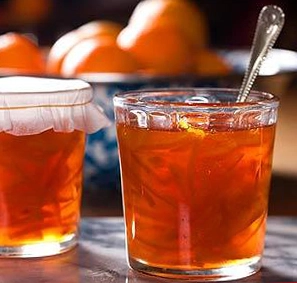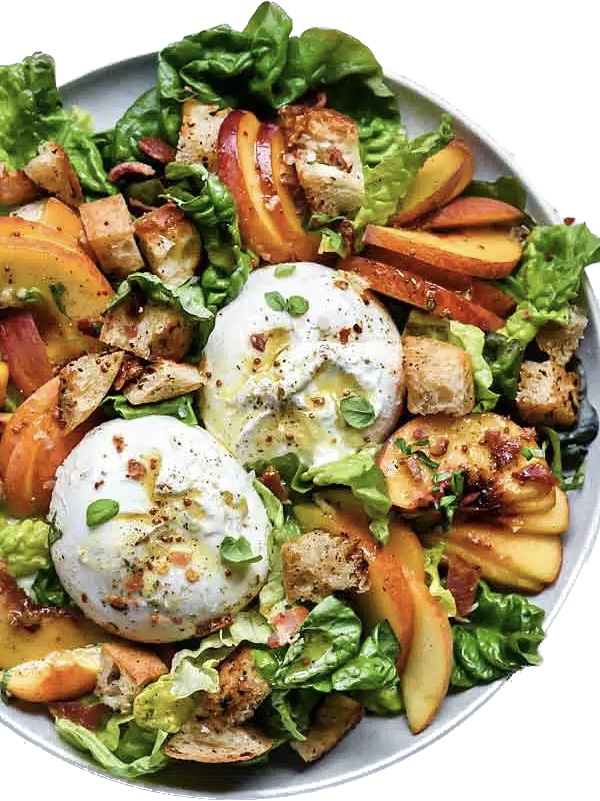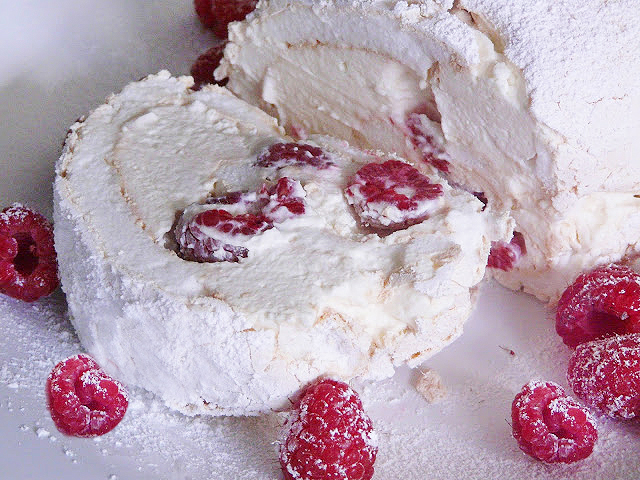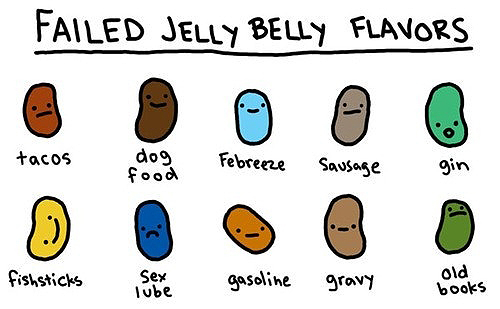COOKING with FLAVOURS
An intuitive way to cook
Take a spoonful of sugar. Take two. Or even three. Nice? Not really. Or not even at all! But combine that sweetness with something bitter (say coffee) and it transforms into something delicious. Merge sickly-sweet meringues with something tart like raspberries and both sweet and sour come into their own. Unite sweet peaches with salty feta, add a little peppery bitterness in the form of rocket, some sourness in the form of vinaigrette, and you have discovered a gem..
So how and why does cooking with flavours work? Well, it’s all to do with the way we taste. Our taste buds perceive five basic flavours – sweet, salt, sour, hot and bitter – six if you count the more recently added umami, a flavour perhaps best described as savoury, an intense ‘mouth-filling’ taste you get with dried ceps/porcini or soy sauce, Parmesan and Roquefort cheese and that delicious savoury stickiness that’s left on the bottom of a pan after frying chicken. Umami causes us to salivate, which magnifies our tasting ability.
Ancient ways…
It was the Chinese who discovered the principle of cooking with flavours a long time ago. They found that when a dish contains a harmonious balance of some or all of these basic tastes, we perceive it as delicious because each flavour is intensified by the next and all our taste buds are satisfied at once – a bit like an Impressionist painting where complementary colours put side-by-side, create a deliciously vibrant effect. You can also compare it to the melodious bond of different notes and sounds that intensify each other in a sensual piece of music..
Each flavour in some way affects our perception of another – even a tiny amount of one can enhance another flavour in a miraculous way. Try some bread topped with jam – then taste it after you’ve buttered the bread generously with salty butter – the mingling of salty, sweet and crunchy has turned something simple into a delicacy! Try a little squeeze of lime on a relatively dull-sweet papaya and it instantly turns it into a juicy fruit that oozes fresh sweetness. Think also of crème brulée or caramel icecream – both sweets are fashionably partnered with fleur de sel these days.
All about taste…
You can start experimenting with well-known classics. See for instance how salty ham accentuates the sweetness of a melon, or how the ubiquitous combination of sweet-and-sour (think tomato ketchup, a Chinese takeaway, gooseberry jam or a lemon tart) makes our mouths water. Take it a little further and taste how a glass of fragrant sweet Muscat wine or sweet juicy pears bring out the delicious umami-saltiness of blue Roquefort cheese. How come orange marmalade is such a winner? Because it combines both the bitterness and the acidity of an orange with sweetness of sugar – you cannot loose..
Once you become familiar with these ‘pairings’ you can start substituting one ingredient for another – replacing the sweetness of a melon by a fig or peach; and the saltiness of ham with salty feta cheese. It’ll be fun to do – you’ll see!
Since flavours affect one another, they can also be used to alter a dish. Add freshness to an overly rich creamy pork dish by adding the juice of a lemon. The ‘mouth-puckering’ sensation of drinks that are high in tannin like red wine or strong tea (cranberries, unripe bananas and walnuts are other examples) can have a refreshingly ‘cleansing’ effect by cutting right through the richness of something that might otherwise be cloying. See how the acidity of a lime lifts the sweet blandness of squid or how a dull sponge cake is brought to life with lemon or orange juice.
Bitterness both suppresses and balances sweetness (as bitter chocolate does with rich vanilla ice-cream) whereas saltiness on the other hand can have a sweetening effect on its partner – as salty Serrano ham is to a sweet fig, or anchovies achieve with a sweet pepper.


Needless to say that we take things a little further in our courses – creating lots of exciting ‘new perfect combinations’. Once we understand its principles and apply this to our daily food, our cooking and eating could become a great deal more exciting.
To create this symmetry of flavours we first need to embrace a broader sense of flavours – a peach is sweet of course, but sweetness can also come from shellfish or fresh garden peas, beets, sweet peppers or roast butternut squash. Salt can be from anchovies, or capers, goats cheese, Serrano ham and chorizo, whilst the heat from chillies can also be found in mustard or radish, pepper, garlic, rocket or extra virgin olive oil. And a dish can be soured not just with vinegar but also with wine, unripe tomatoes, lemon zest, apples or sorrel.
Aroma or fragrance which is thought to be responsible for as much as 80% of our perception of flavour, is also a guide to deliciousness – if something smells yummy, it is likely to taste good too. Smell is therefore generally our first sensuous indication as to what we are about to taste, which is why certain smells can make us salivate in preparation for the tasting.
Equally essential in creating an exciting a dish, is texture. Creamy or pureed dishes are usually associated with comfort whereas we normally think of crunchy or crispy foods as more ‘fun’ foods (crisps, nachos, nutty biscuits etc). Dishes that are smooth-textured greatly benefit from the addition of a little crunch: a handful of chopped nuts, some crispy croutons, some crunchy salad leaves, crusty bread all add a bit of cheer. Coarsely chopped praline or amaretto biscuits do the same to a soft sweet icecream. If only to reduce the monotony.
Another mouth-feel factor that greatly affect how we experience a dish is temperature. Coldness of a dish can suppress flavours, heat can enhance them, while a tepid dish tends to give the most flavour. Also remember the climatic temperature factors – warm food on a cold winter’s night generates comfort.. whereas a salad or cold soup on a hot summer’s day refreshes.
There is also another sense of hotness, one we usually perceive as ‘spiciness’ or ‘piquancy’ – as in chillies or cayenne pepper. Chillies contain capsaicin, an irritant that heightens our sense of taste by exciting the palate. It also stimulates our sense of pleasure (at the same time raising our body temperature) by promoting the production of endorphins – the body’s natural painkillers.
And lastly, for a dish to really seduce it must also look attractive – beautiful food draws us in and gets us in the mood for eating and tasting. We eat, after all, mostly for pleasure these days. For if we ate for sustenance alone, we would surely by now survive on nutritive pills and water alone.


